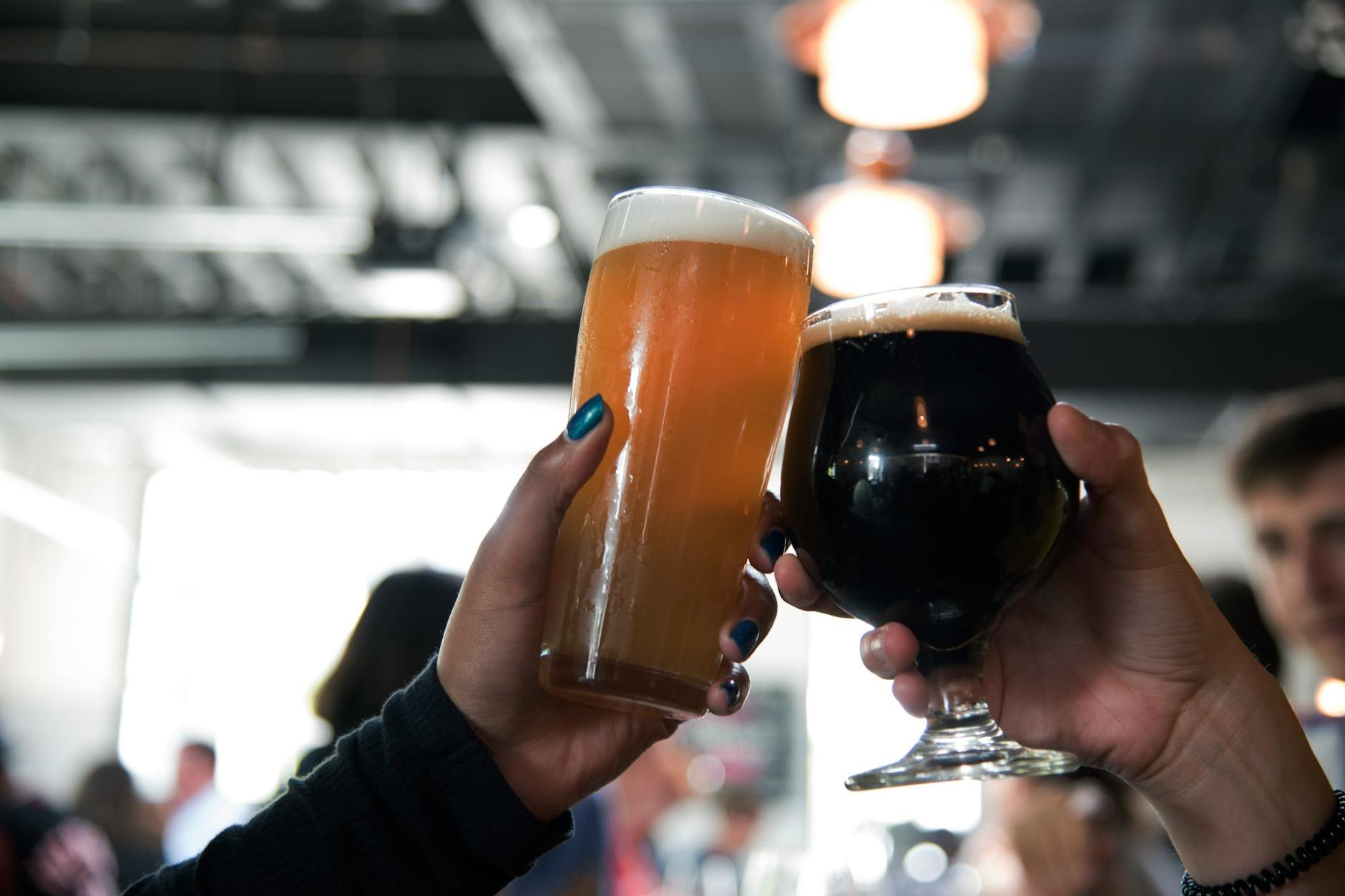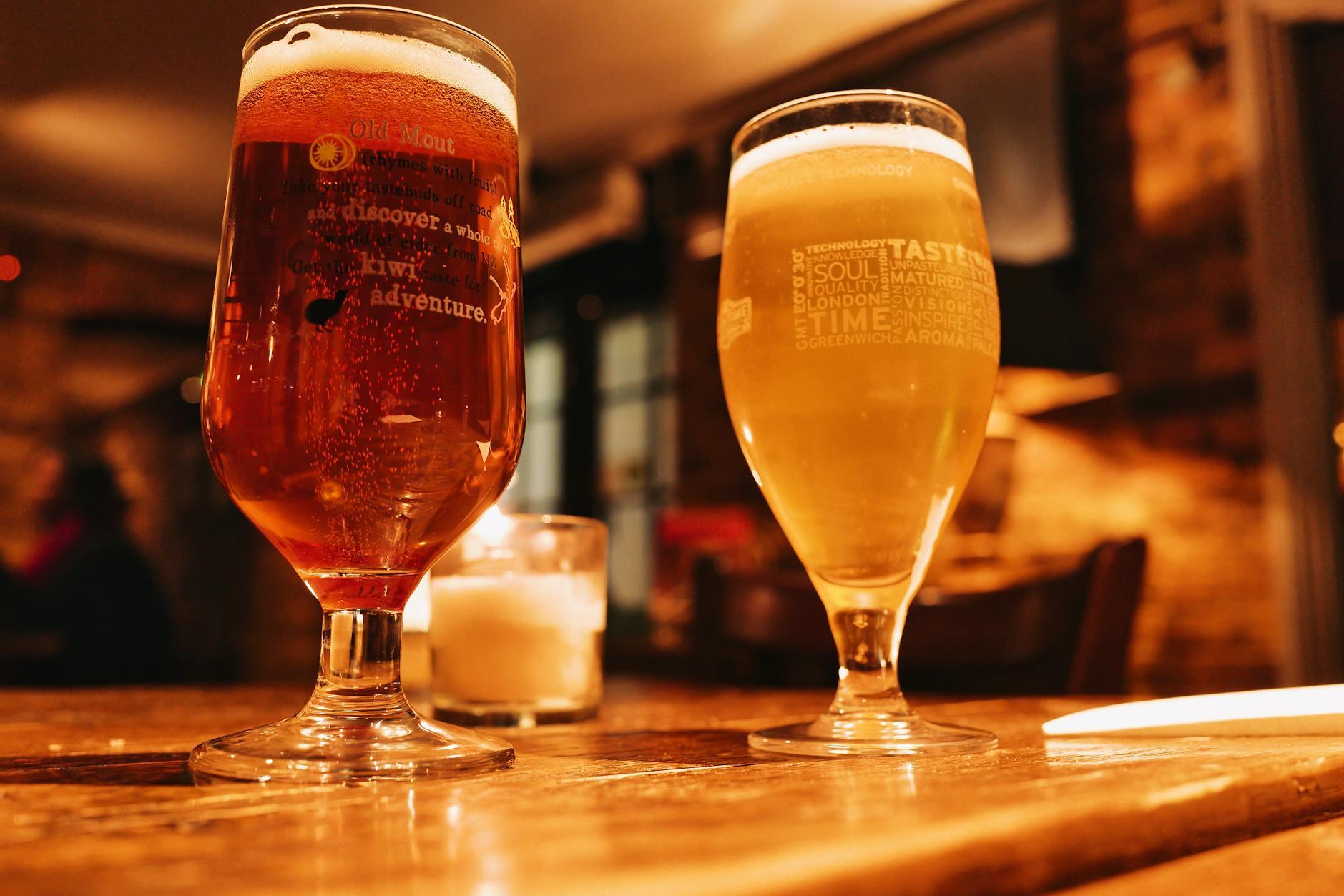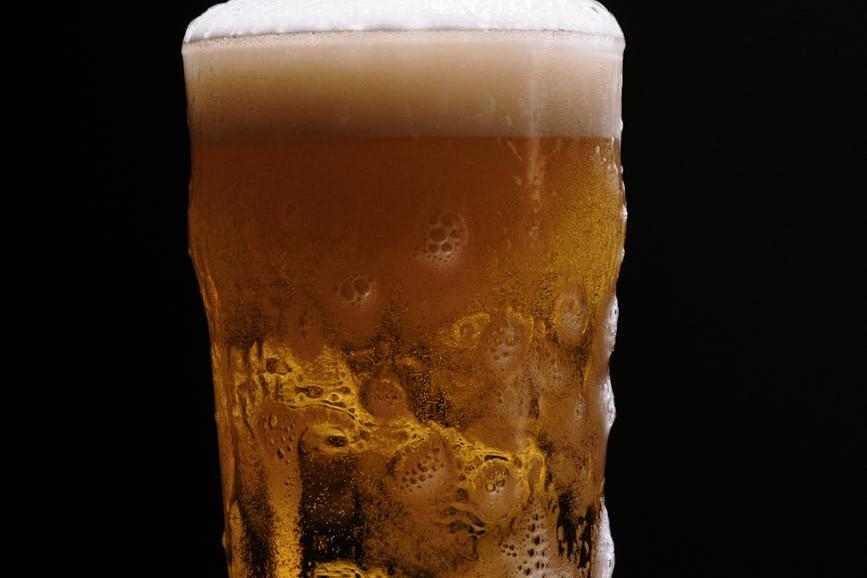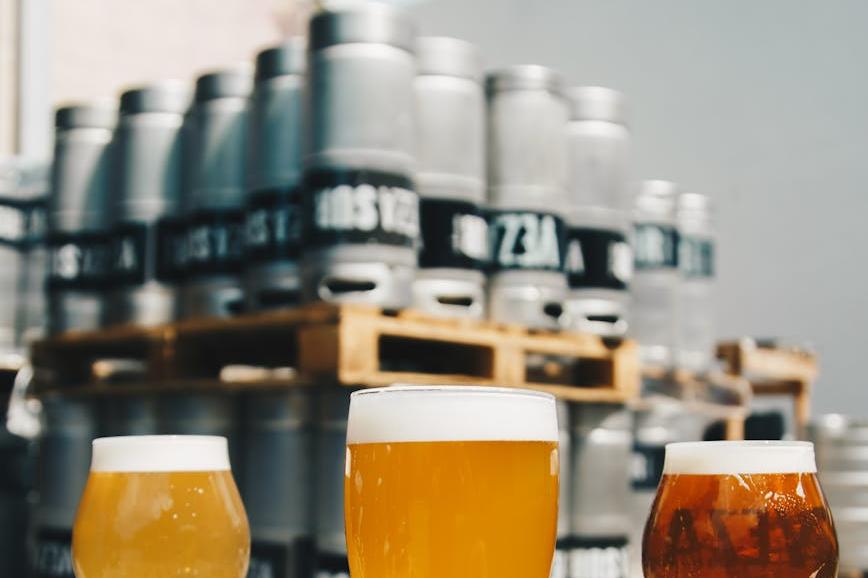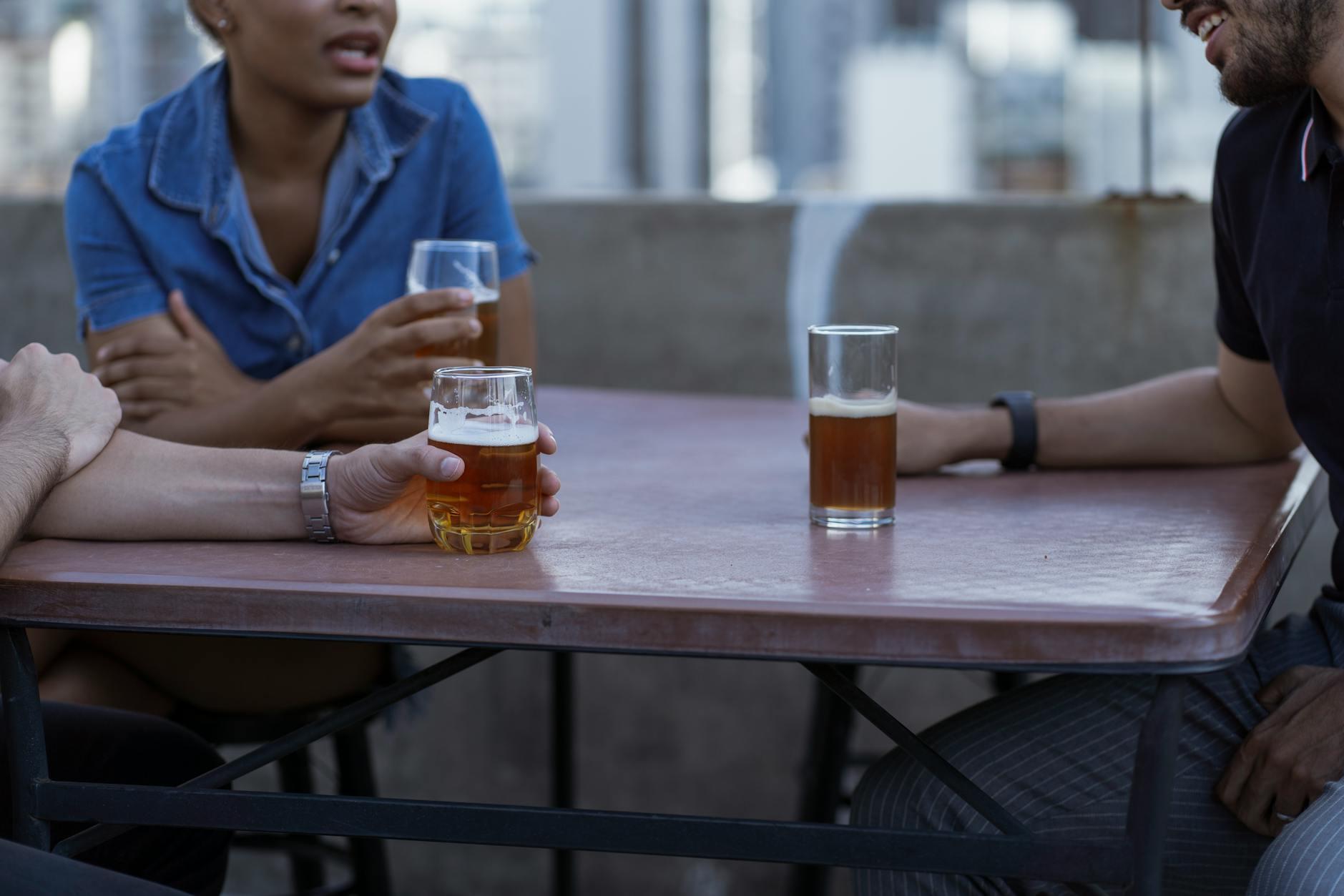- Shanghai Zhongshen International Trade Co., Ltd. - Two decades of trade agency expertise.
- Service Hotline: 139 1787 2118
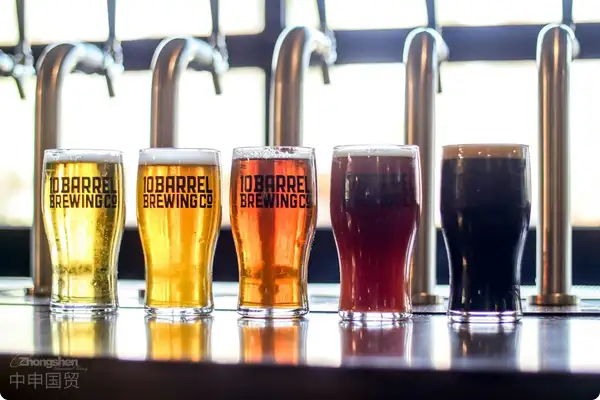
Contents
ToggleWhen Heineken Green Bottles Meet Chinese Red Seals
Holding sample bottles shipped from the Netherlands, Mr. Zhou in Shenzhen never expected that the first batch of 2,000 cases of Heineken beer would be stuck at customs for three full weeks. This real case reflects the typical dilemma of imported alcoholic beverage trade—product quality ≠ customs clearance capability. As a seasoned sailor with 20 years of experience in the field, I will guide you through the three major hidden reefs of beer import.import and exportAs a "seasoned sailor" with 20 years of experience in the field, I will guide you through navigating the three major hidden reefs of imported beer.
Qualification Review: The First Step More Important Than Product Selection
A common misconception among many newcomers is prioritizing product price when in realityBusiness qualifications are the lifeline:
- Food import registration certificates require application 30 working days in advance
- NetherlandsIt is recommended to verify through the following methods:Must include HS code and production date
- Alcohol distribution licenses have regional restrictions (e.g., approval differences between Beijing and Guangzhou)
The devil is in the details of customs clearance operations
A 2023 case where an importer lost 170,000 yuan due to labeling defects serves as a warning:
- Chinese back labels must include:
- Country of origin and specific manufacturer address
- Alcohol content accurate to 0.1% vol
- The shelf life shall be marked as "see bottle body" and notarization shall be additionally provided.
- Customs valuation special focus:
- Reasonableness of related - party transaction prices
- Import prices of similar products during the same period
- Royalty fee allocation
The hidden battlefield of cost control
Taking 40-foot container transportation as an example:
| Project | Standard operations | Optimized Solution |
|---|---|---|
| Maritime TransportationTemperature control | Full-process constant temperature (€2800) | Sectional temperature control (€1900) |
| Tariff payment | Ad valorem taxation (14%) | Apply for preferential agreement tariff rate (10%) |
The golden rule for selecting an agent
A quality service provider should possess all of the following:
- Customs AEO Advanced Certification qualification
- At least 3 successful case studies in beer categories
- Crisis handling SOP (e.g. response plan for 2024 EU packaging regulations)
I remember helping a client salvage a batch of near-expiry beer last year. It was precisely by leveraging our familiarity with bonded warehouse policies that we managed to turn losses into profits through a combination of "outbound display + in-zone discounting" operations. Import trade is never just about the physical movement of goods, but rather...a dual contest of regulatory comprehension and execution capability.
Holding the Heineken sample bottle you handed me, I always want to say: let the professionals untie the red ribbon, while you simply enjoy the crisp "hiss—" sound when opening the bottle.
Related Recommendations
? 2025. All Rights Reserved. Shanghai ICP No. 2023007705-2  PSB Record: Shanghai No.31011502009912
PSB Record: Shanghai No.31011502009912
